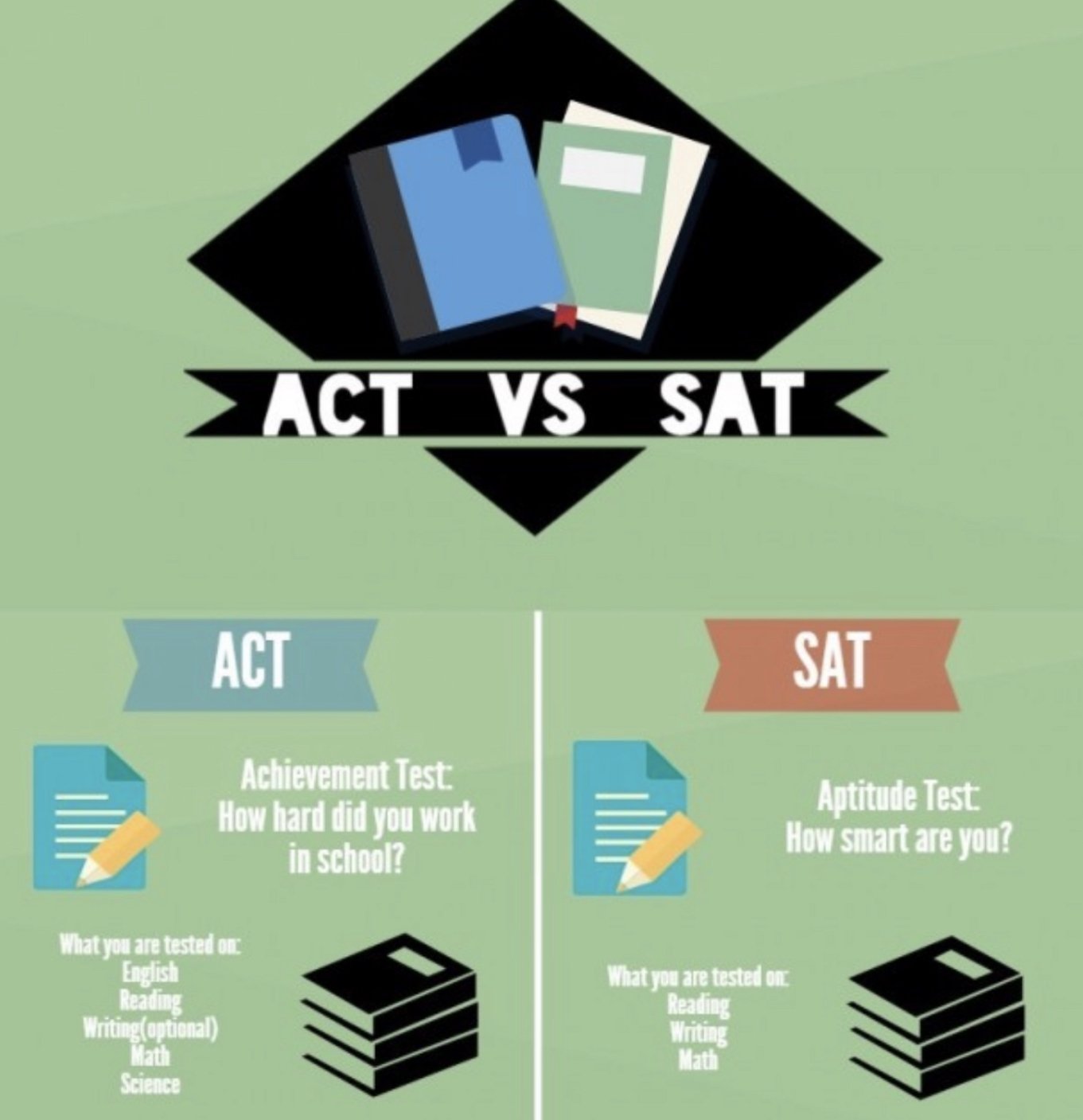The Common App is used by more than 1000 colleges and universities. It is available each year as of August 1st to be submitted to schools. Early Decision and Early Action due dates tend to arrive first, as early as October 15 nowadays, but usually around November 1 and 15. Regular Decision deadline is typically around January. https://www.commonapp.org
The Common App is convenient as it allows students to apply to multiple colleges and universities at once with the same inputted information and college essay.
As convenient as the Common App may be, many students make mistakes inputting their information. Here are some tips on how to avoid typical mistakes.
Deadlines: The Common App goes live on August 1st of each year. So a student can start to submit any time after that especially for a school that has rolling admissions or early decision or early action. Keep track of deadlines. It is very important to not miss a deadline or you will miss out on submitting your Common App.
Personal Information: A student must input their personal information about basic information. It is important that the student ask a parent or guardian for any information they may need to complete this section accurately. (Typically, a student doesn’t know when their parent graduated from college, for example.)
Activities Section: The goal of the activities section is share with the Admissions Committee your involvement in extracurricular involvement. Activities should be organized from the most important to the least important. There are ten spots to list activities. Use these spots wisely. A student only has a limited space to describe each activity. Write your description clearly.
Common App Essay: The student will submit a 650 word essay answering one of the prompts listed on the Common App. Copy/paste the essay into your common app. Do not attach a document. This does not always work. The essay should be a non-fiction personal narrative. The essay should share a part of you that is not found anywhere else on the application and that only you can write.
Resume: Not all schools ask for a resume to be submitted but if a school does, definitely submit one. It will help explain your activities, honors and accomplishments in more detail than the activities section of the Common App.
Standardized Tests: Most colleges and universities have stayed test optional. But if you decide to submit your SAT or ACT score, it should be in at least the 50% percentile of what the college looks for. Average test scores have gone up due to schools being test optional so be wise about whether you submit your score on the Common App.
Supplemental Essays: Students will be able to review whether or not a college or university asks students to respond to a supplemental essay prompt(s). These are specific to each school. Be sure that if a school says it’s optional to submit anyway. Be as specific as possible when answering supplemental essay questions. Stay on point.
Proofread: Make sure to proofread your Common App answers. Have a parent, teacher or guidance counselor read through your application.
Email Address: Please use an appropriate email address when applying to college. If you need to create a new address, please do so. This is how admissions offices communicate with you; they will send you an email to check your admissions portal. You need an appropriate email address.
Last, make sure to hit submit! Some students forget to make the time to submit their Common App. Set time aside to submit your Common App. Good Luck!

